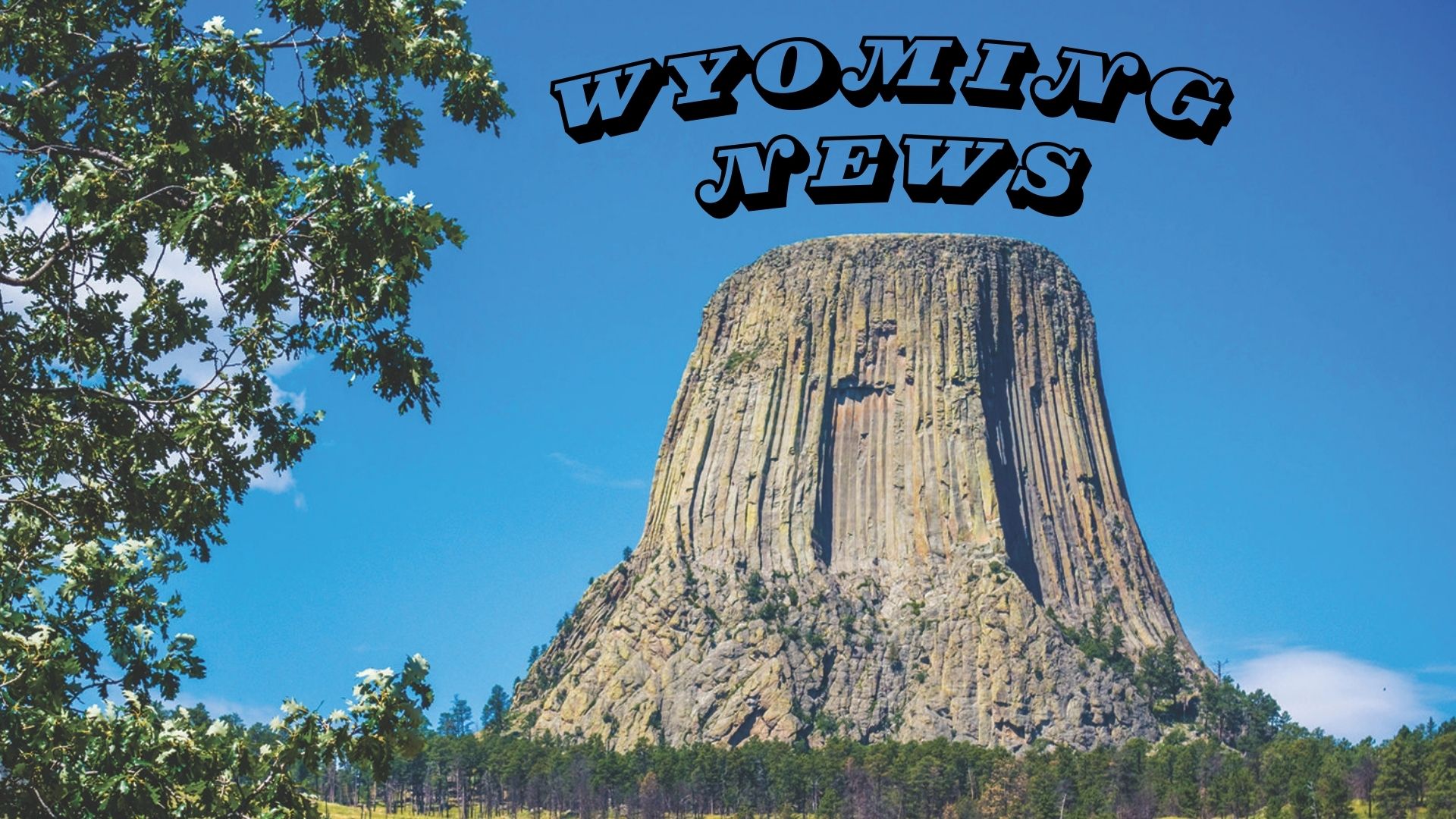Lawmakers establish working group to assess fire response, rehabilitation efforts

By Joseph Beaudet
The Sheridan Press
Via Wyoming News Exchange
SHERIDAN — Two Johnson County ranchers — Jake Christian and Megan Welles — said their families’ ranches have been decimated by the House Draw fire nine miles southeast of Buffalo, which has burned more than 174,000 acres.
Christian said the fire burned about 9,600 acres of his family’s 10,000-acre Jack Plane Ranch; he added the ranch ultimately lost about 40 miles of fencing and 280 bales of hay.
“I don’t have anything around my house, except black, for several miles,” Christian said.
Welles said about 32,000 acres burned on her family’s 38,000-acre ranch; she also said the ranch lost nearly 100 miles of ranch and had to displace about 900 head of cattle to ensure the grass grows back well.
“This has been completely devastating for our family and added a ton of stress,” Welles said.
In light of devastating fires across Wyoming, lawmakers have established a working group to help address additional funding requests to aid the state’s fire response efforts.
The Wyoming Legislature’s Joint Agriculture, State and Public Lands and Water Resources Committee discussed recent wildfire response and rehabilitation efforts Wednesday in Buffalo.
Wyoming state forester Kelly Norris said the state has two accounts to help pay for wildland fire response — the fire protection revolving account and the Emergency Fire Suppression Account. The revolving account reimburses fire departments for work on fires on federal or out-of-state lands. All of Wyoming’s 23 counties participate and pay into the EFSA with annual assessments and counties can request assistance from EFSA funds if a fire exceeds the fire suppression capabilities.
“This year we’ve had some really devastating wildfires, and it’s not over,” Norris said.
The Sheridan Press reported earlier this week that high temperatures are persisting in Sheridan. Future forecasts indicate Sheridan should expect above-normal temperatures, though whether low precipitation levels will persist is unknown.
During this fire season, Norris said most of the EFSA-qualifying fires have had a large portion burned on private lands. Norris said 75% of burned acreage in Wyoming has been privately owned as of last week. She estimated the state has committed about $30 million toward fire suppression efforts since February.
About $9 million is left in the EFSA and the Wyoming State Forestry Division will ask for an additional $20 million in the account as part of its supplemental budget request “to help keep it in place where we can handle another large emergency fire situation,” Norris said.
Norris added assessing damages from the fires and guiding rehabilitation efforts could take months or even years of monitoring depending on weather conditions.
Among the fire rehabilitation efforts across Wyoming, groups are preventing invasive grasses from taking over burned areas.
As previously reported by The Sheridan Press, Sheridan County appeared to be the epicenter of the invasion of Ventenata and Medusahead grasses, both of which are invasive to Wyoming.
Wyoming Wildlife and Natural Resource Trust Executive Director Bob Budd estimated treatments for areas of northeast Wyoming impacted by wildfires would cost about $13.1 million, including $2.4 million in Sheridan County.
Ultimately, decisions on additional funding will be left to the Wyoming Legislature when the 2025 general session convenes early next year.
The committee formed a working group alongside state agencies to ensure the legislative and executive branches of government address all issues associated with wildfire response. Sens. Larry Hicks, R-Baggs, and Cheri Steinmetz, R-Lingle, as well as Reps. John Eklund, R-Cheyenne and Barry Crago, R-Buffalo, volunteered to sit on the working group.
Steinmetz said lawmakers want to help chart a path forward but be careful about how they do so and the future demands they place on government systems.
This story was published on September 12, 2024.






